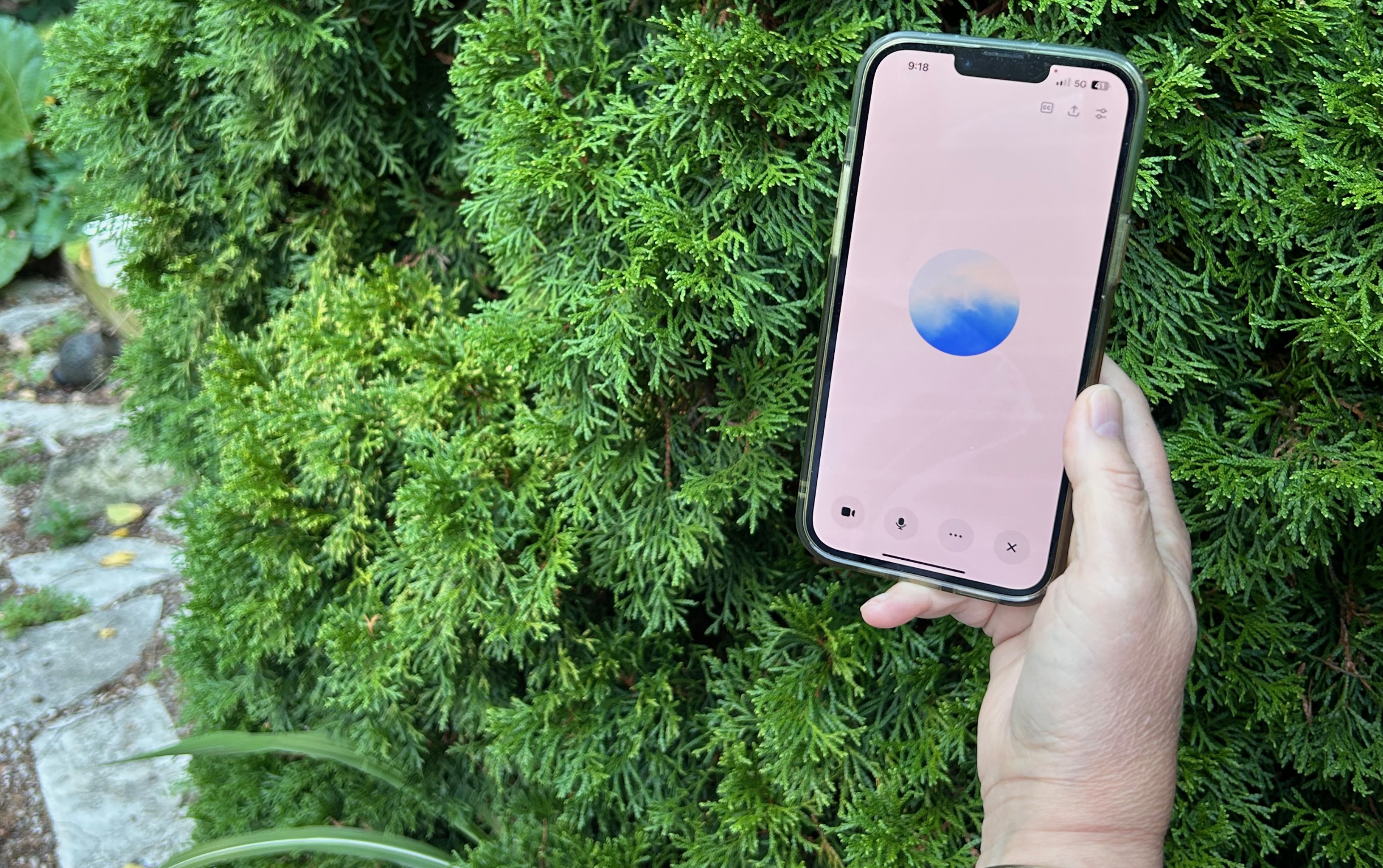AI as a Commute Companion
Everyone seems to be talking about ChatGPT (or Gemini, or Claude etc.) as a companion, but how does it feel to use it on your commute?
This question came up last week in my Sycophancy or Small Talk post. While I interact with AI chatbots all the time, I don’t use them as commute companions. I promised to try it out and get back to you with my findings…
ChatGPT as a Walking Companion
My commuting is mostly done walking, so I tried walking and talking with AI. One sunny morning I put my Air pods in my ears and kicked off the conversation:
I struggled a little to get the conversation going. ChatGPT was happy to talk, but I needed to come up with what to talk about. Unlike a friend, it doesn’t have any of its own interests. It felt awkward at first but once I asked about books I might be interested in, we hit our stride! It’s worth noting that I did offer a better, more detailed prompt, suggesting it reference earlier conversations, which is likely what made the difference.
It suggested two books, I’ve forgotten (but could look it up—handy!) the first but the second intrigued me: You Look Like A Thing and I Love You by Janelle Shane. My kind of thing.
Testing Gemini Over Coffee
Maybe walking and talking isn’t my thing, so I tried Gemini (Google’s chatbot) as coffee companion. Compared to ChatGPT, Gemini was better at getting the conversation going (but I did give it “music” to work with.) And in some ways the conversation felt more fluid…but no more satisfying.
We ‘talked’ about mystery books, but Gemini didn’t offer any useful recommendations. It did, however, offer off-kilter, random “facts”: “Did you know that the world’s largest collection of Sherlock Holmes memorabilia belongs to a Japanese lawyer named Takeshi Shimizu? He has over 6,000 items!”
I Googled this “fact” and the AI Overview (from Google!) returns: The University of Minnesota Libraries’ Sherlock Holmes Collections holds the world’s largest collection of Sherlock Holmes memorabilia, with over 60,000 items related to the detective and his creator, Sir Arthur Conan Doyle. This is followed by several links to the collection at the University of Minnesota. Chalk this one up as a believable error—a weird, unreliable kind of companionship.
My Takeaway
Getting started interacting with AI as a companion felt awkward because I didn’t have a question/purpose for the interaction…other than trying it out. Which kind of makes sense. These systems are designed to respond to your request, not to generate their own. They have no intrinsic interests, except perhaps to make you like them enough to keep using them, which ultimately serves the companies that make them. That’s the business model: engagement over genuine connection. This is why they feel both engaging and strangely empty, and why they sometimes surprise us with confident, enthusiastic, often wrong! outputs.
I missed the way small talk just unfolds…as in you find yourself co-located with someone and look for points of common interest. That’s not an issue here. These systems will talk about anything I want. But that means I must think of something I want to talk about. It felt like work.
It was satisfying to find a new read. But anemic compared to chatting with a friend.
Protect Yourself: Four Pro-Tips for Human-AI Interaction
Just because small talk with human-like AI isn’t for me (at least not now) your relationship with, and to, AI is uniquely yours. So, if it’s something that interests you, some tips for giving it a try:
Pick a day/time you’re feeling good. It’s tricky to interact with human-like AI when you’re feeling sad, lonely, mad or tired. It makes you more likely to mistake the fluency of the conversation for understanding, leaving you more vulnerable to deception.
Start with a topic you want to discuss. These systems are designed to look for a prompt/request and respond to it. So, if you’re vague it will respond with best guess prediction of what you might mean to ask/want it to do.
Never share personal or confidential information with these tools. Even the paid ones. I know they say they don’t use your data, but I don’t trust they never will. Just don’t put it in.
Follow it up with a coffee with a human. Making sense of our relationship with human-like AI is based on our understanding and experience of humans…so it’s important to keep building that knowledge. Plus, it’s way more satisfying!
These experiments are part of my ongoing work on how human-like AI earns (and misuses) our trust. If you give it a try, please let me know how it goes. Good luck!
🤔 Final Thought
I ordered the book ChatGPT suggested…does OpenAI get a buck for that?
P.S I just heard Shopify will be making it possible to sell through ChatGPT!

